What started as a niche hobby fueled by passion has turned into a competitive market where exclusivity and resale value are more important. For years, collecting was all about fans hunting for rare pieces just for the joy of it, but over time, the industry has shifted to hobbies becoming a high-stakes market.
Limited-edition releases and social media hype cycles have made collecting more expensive and frustrating for the average consumer than ever before.
Whether it’s sneakers, trading cards, vinyl records or action figures, the increasing demand has created a culture of exclusivity that many longtime collectors struggle to keep up with.
“Scalping and reselling are just the worst things to happen in hobbies, rather than allowing others to enjoy the hobby,” said Jonathan Camaquin, a graduate student at Fresno State. “It puts a halt on many collectors trying to enjoy the hobby and prevents new collectors from getting involved in the hobby.”
Social media & shaping trends
While commercialization has been a large part of collecting from the start, many collectors have noticed a distinct shift with the rise of social media influence. Online marketplaces like eBay have made reselling easier, but short-form content platforms like TikTok have truly changed the way rare products are advertised.
TikTok has significantly impacted supply and demand by causing the rapid trending of products like digital cameras, makeup and skincare products, Funko Pops, LEGO sets and more.
The rate at which items go viral creates a sense of urgency for consumers and many collectors admit to experiencing the fear of missing out (FOMO), leading to impulse purchases or frustration when they aren’t able to secure an item.
“Collectibles, by definition, have limited supply, so consumers can expect higher, and potentially more dynamic, pricing,” said Monique Bell, an associate professor of marketing at Fresno State. “Consumers have different motivations for collecting goods; for some, it’s the thrill of the hunt, while others see collectibles as an investment.”
Social media has changed the way collectors interact with their hobbies. Online communities have grown rapidly, giving fans the space to share cool finds, discuss new releases or trade and sell items.
The fight for consumer protection
Despite this history, there have been attempts from various industries to help consumers.
In May 2024, the United States Justice Department sued Live Nation-Ticketmaster to break up their monopoly over the live event industry after the issues with Taylor Swift’s ‘The Eras Tour’ public on-sale.
The lawsuit was a response to concerns over price gouging and lack of ticket availability that made it difficult for concertgoers to access reasonably priced tickets.
“Some of Swift’s most loyal fans were locked out of buying tickets because of bulk ticket purchases by bots,” Bell said. “Retailers have a responsibility to provide a fair and satisfactory experience for consumers, and recent investigations may encourage them to be more accountable.”
Other legislative efforts have also emerged to curb reselling practices. Some states have introduced or proposed anti-scalping laws that restrict the use of automated bots to purchase large quantities.
What is the future of collecting?
Still, there’s a lot of uncertainty about whether accessibility in collecting will improve. Companies like LEGO, for example, continue to lean into premium, high-end releases.
The introduction of LEGO Icons and the LEGO Architecture series showcases highly detailed models that cater to adult enthusiasts rather than children. Collaborations with major franchises like Star Wars, Marvel and DC have led to sets that quickly became collector’s items.
“LEGO is playing their own game,” said Joey Martinez, the owner of Secret Identity Comics in Fresno. “They still have accessible stuff for kids, but not nearly as much. I just think their product has evolved over time, and they’ve expanded their product offerings, so I think high-end LEGOs will always be a thing.”
Comic books are another cornerstone of collecting, with rare issues selling for thousands or even millions of dollars at auction. Superman #1 published in 1939 once was sold for $5.3 million dollars, and while many don’t get that high, a lot of people sell their books for expensive prices on sites like WhatNot.
WhatNot is designed to encourage users to spend as much as possible, a commonly covered fact by people in the card community, and usually tends to be more than what the product is actually worth.
The comic book industry has evolved dramatically, with publishers releasing exclusive variant covers, and books normally only printing one time.
Grading services like Certified Guaranty Company (CGC) have further contributed to the market’s competitiveness, though many sites inflate the worth of items.
“I think the earliest you could point to was 1970,” Martinez said. “There is the Overstreet Comic Pricing Guide, and that guide became like the tome of ‘how much are comics going for right now.’”
For many consumers, hope remains that companies will find ways to balance accessibility with exclusivity, ensuring that fans can continue to enjoy collecting without resorting to going into debt.
“I still enjoy collecting and I also enjoy connecting with other collectors who share that same love for the hobby,” Camaquin said. “However, with certain collections, it becomes more of a financial gain than an activity to enjoy. It’s brought me to just take a step back from collecting certain things and just focus on one collection at a time.”




